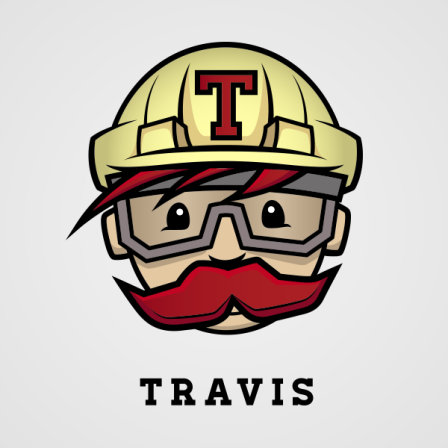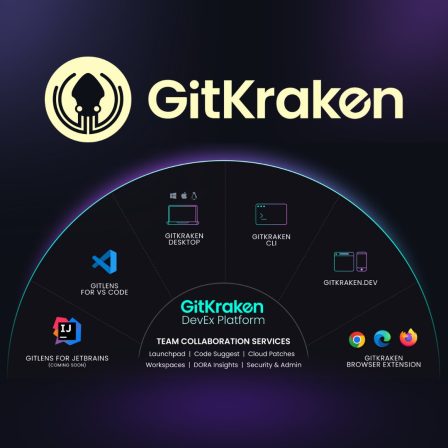There is no item in your cart

Don’t Rewrite, Strangle: A Developer’s Guide to Modernizing Legacy Systems
Every developer has heard the horror stories—or lived them. A critical, decades-old legacy system, written in a forgotten language, that no one dares to touch. The immediate temptation is to declare, “Let’s just rewrite it from scratch!”
But the “Big Bang Rewrite” is one of the riskiest maneuvers in software engineering. It often leads to years of development with no value delivered, changing requirements, and the re-implementation of old bugs in a new language. In 2025, there’s a better way. This guide will introduce you to a safer, more effective strategy for taming legacy code.
Step 1: Put the System in a Test Harness
Before you change a single line of a legacy system, you must build a safety net. You cannot refactor or replace what you don’t understand.
- The Goal: Write a comprehensive suite of high-level integration and end-to-end tests that verify the current behavior of the system, including its existing bugs.
- Why it’s critical: These tests become your source of truth. As you begin to replace pieces of the system, you can run this test suite to ensure you haven’t broken existing functionality. A testing cloud like [BrowserStack] or [LambdaTest] is invaluable for creating this baseline across different environments.
Step 2: The Strangler Fig Pattern
This powerful architectural pattern, named by Martin Fowler, is the core of modern, incremental modernization.
- The Analogy: A strangler fig starts by growing on an old, established tree. Over time, its roots grow downwards and its canopy grows upwards, eventually enveloping and replacing the host tree entirely.
- How it Works in Software:
- Identify a Seam: Find a small, self-contained piece of functionality in the old monolith that you can “strangle.”
- Build a New Service: Build that piece of functionality as a new, separate microservice using modern tools and practices.
- Redirect Traffic: Place a proxy or router in front of the old system. This proxy intercepts incoming requests. If a request is for the functionality you’ve rebuilt, it redirects the traffic to your new service. All other requests are passed through to the old monolith.
- Repeat: Continue this process, building new services and redirecting more traffic, until the old monolith has been completely “strangled” and can be safely retired.
Step 3: The Importance of Full-Stack Observability
When you have the old and new systems running side-by-side, how do you know if everything is working correctly? How do you compare performance?
- The Solution: You need a single pane of glass. An observability platform like [New Relic] or [Datadog] is essential. It can monitor both your legacy monolith and your new microservices, allowing you to compare performance, track errors across both systems, and ensure the new system is a true improvement before you decommission the old one.
Conclusion
Modernizing legacy systems is a marathon, not a sprint. The “big bang rewrite” is a siren’s call that often leads to failure. An incremental, disciplined approach, guided by the Strangler Fig pattern and supported by a strong foundation of testing and observability, is the key to successfully bringing your critical systems into the modern era without disrupting the business.
Tackling a legacy modernization project requires a world-class toolset. From refactoring code safely in a [JetBrains] IDE, to creating a testing safety net with [BrowserStack], to monitoring your new and old systems with [New Relic], SMONE provides the professional tools you need to succeed in this complex but rewarding challenge. Explore our catalog and equip yourself for the future.





























































